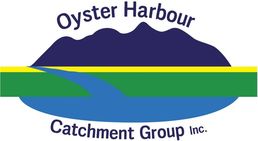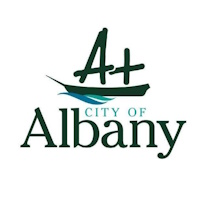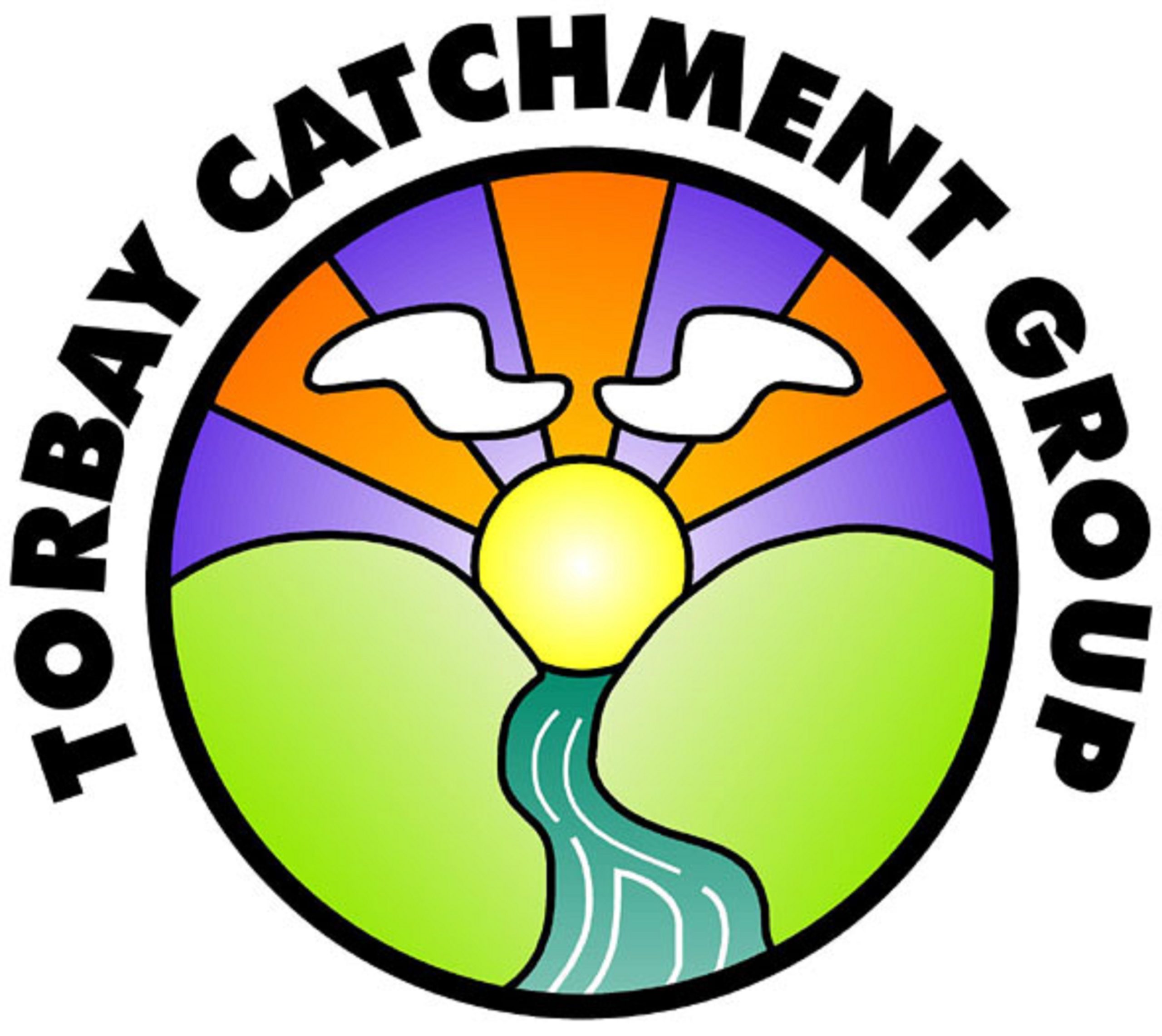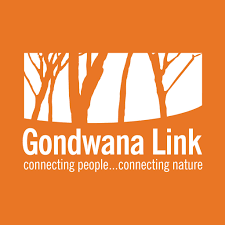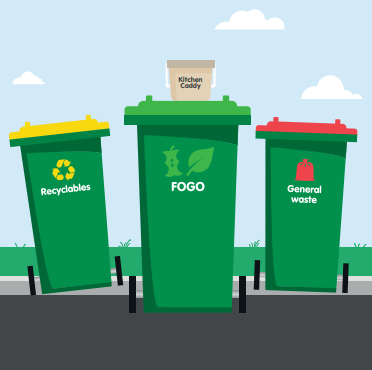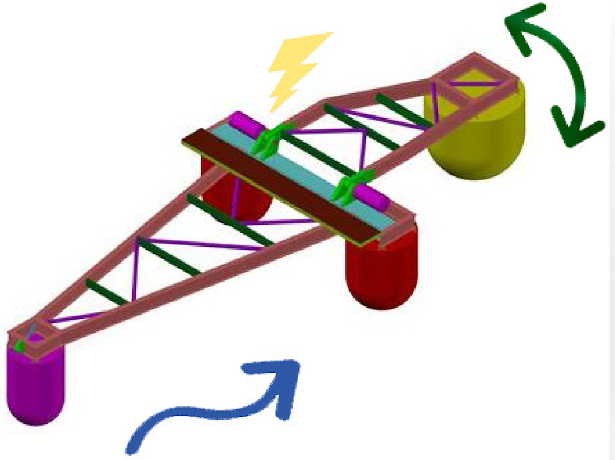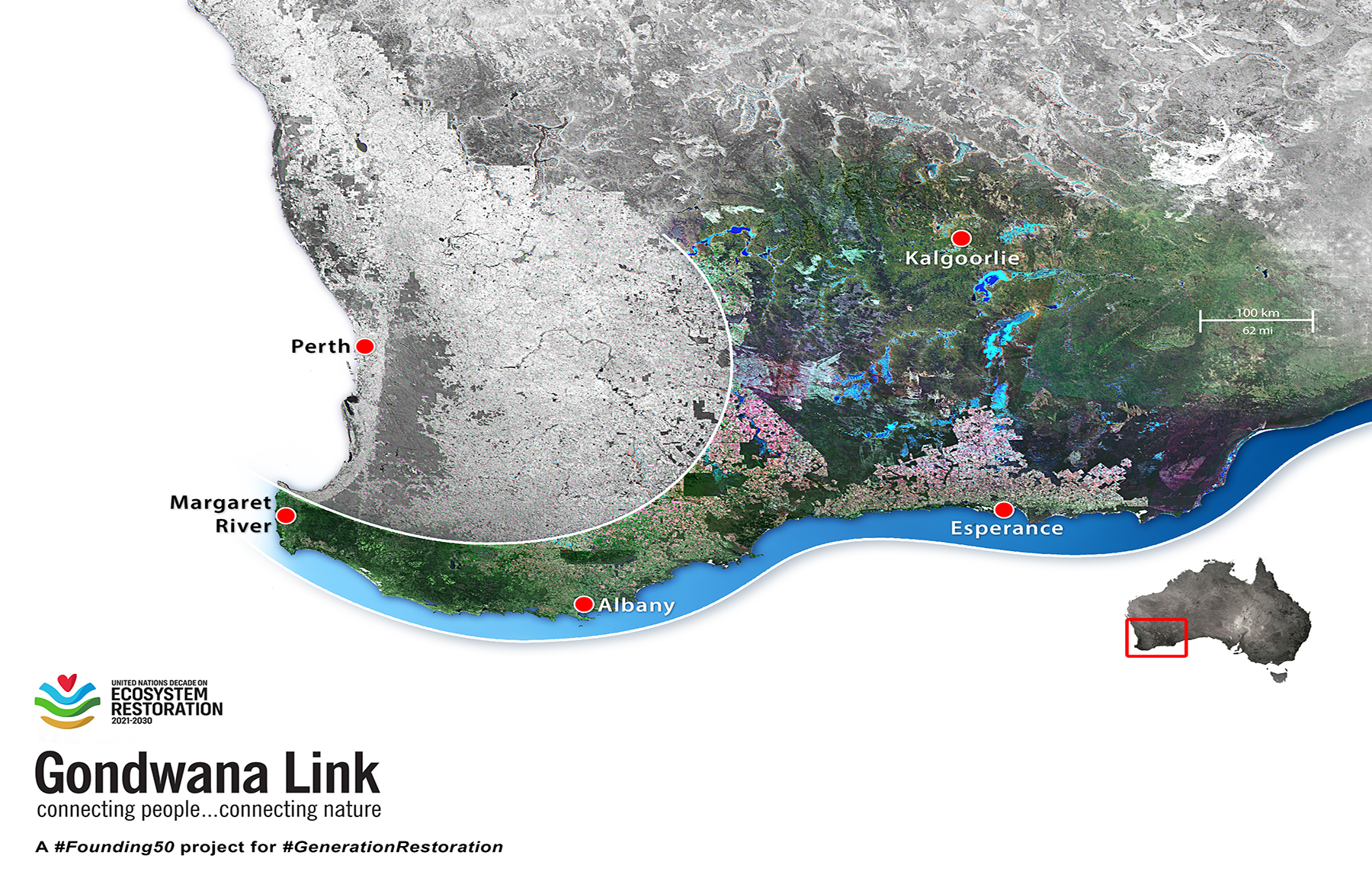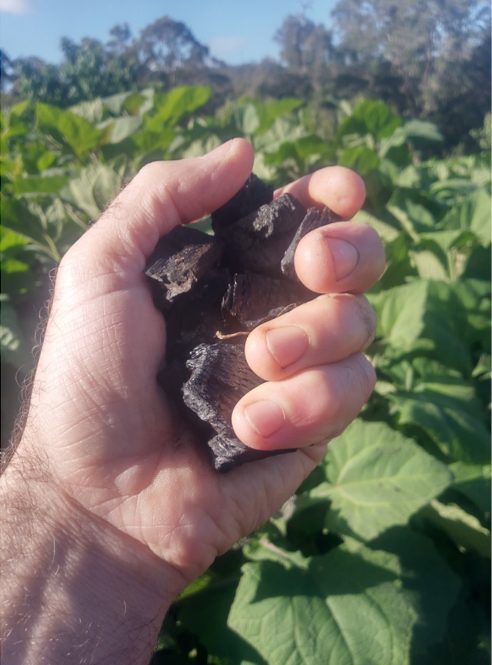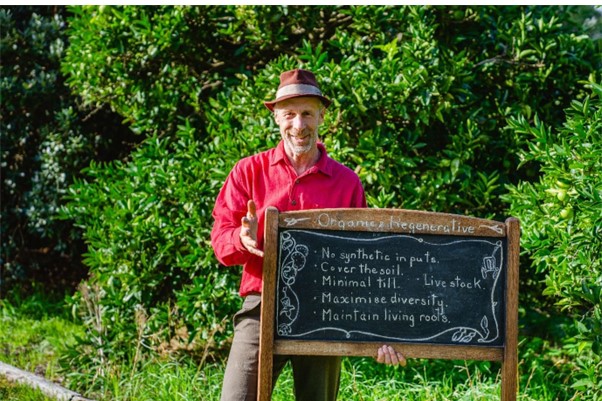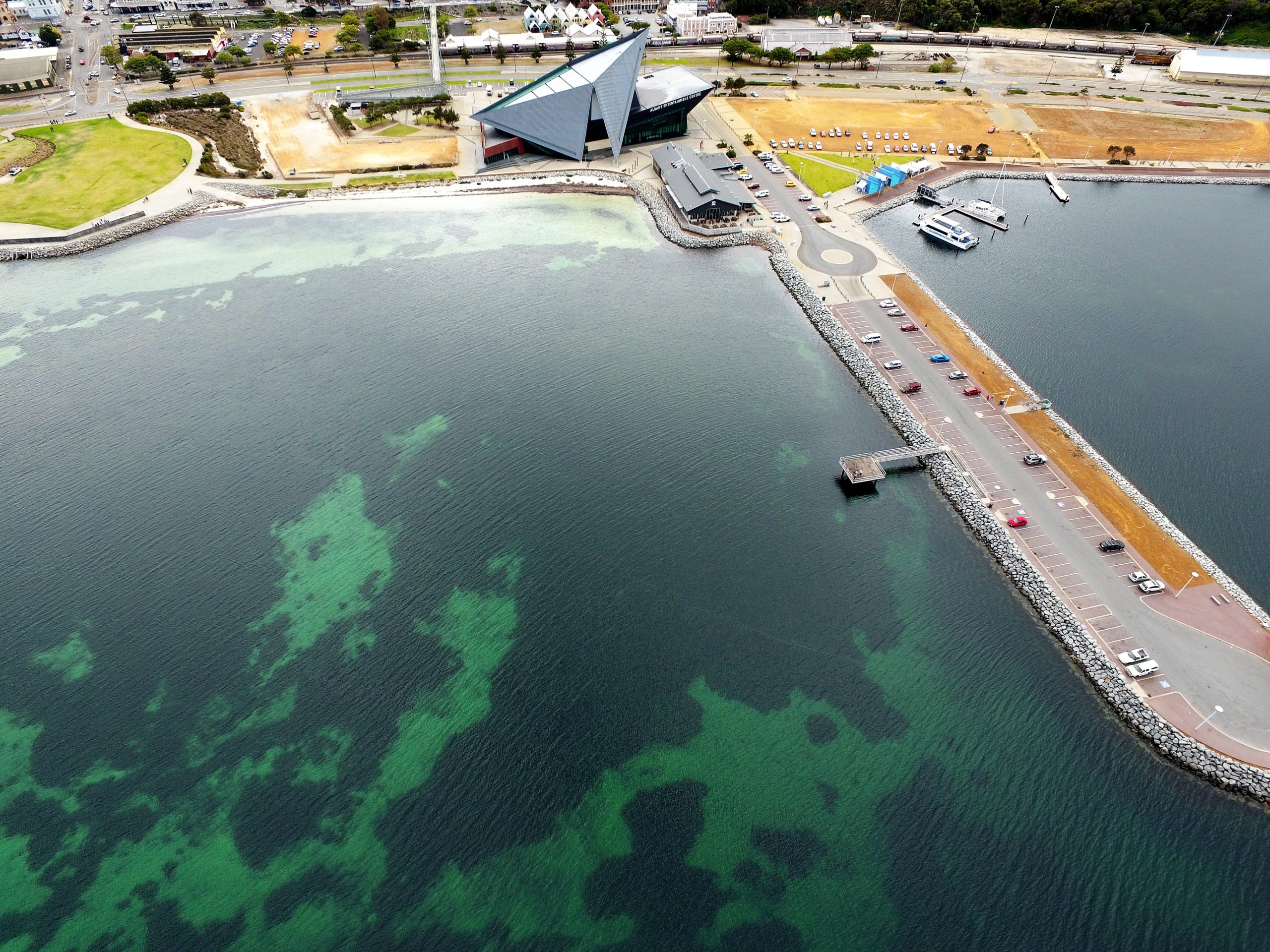
Albany Community
The City of Albany local government area stretches more than 150km along the south coast of Western Australia. Albany is the major urban centre; smaller communities in the municipality include satellite suburbs such as Bayonet Head, Lower King, Little Grove and Goode Beach, along with rural villages such as Wellstead, Manypeaks, Youngs Siding, Redmond and Elleker. The region is home to the Menang Noongar people, and work is underway to restore recognition and names to many culturally significant sites.
Home to more than 40,000 people, Albany has the biggest population among Great Southern towns. It is the region’s administrative, commercial and retail centre and has a health campus serving as the major medical centre for much of the region. Major industries in the City of Albany include agriculture, timber products and tourism. Grain from the Great Southern is exported through the Port of Albany.
Albany contributes $3.2 billion of the Great Southern’s gross regional product. The main employment categories are:
- Healthcare and Social Assistance
- Retail Trade
- Education and Training
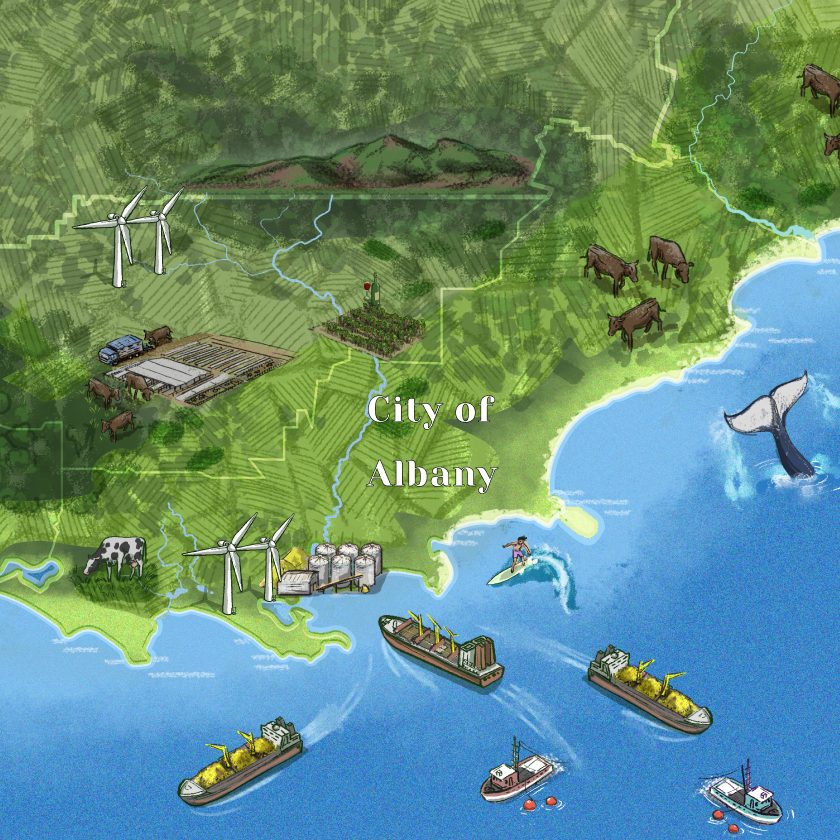
What’s changing in the climate?
My Climate View and Climate Change in Australia, produced by the Bureau of Meteorology and CSIRO, provide local and regional climate change information, including past trends and future projections in temperature and annual and seasonal rainfall. These graphs show changes to temperature and rainfall under a medium emissions scenario.
Maximum temperature: Average decadal temperatures are steadily increasing. Projections indicate that warming will continue, together with a significant increase in hot days.
Projected Change in Average Summer Temperature for Albany
The average annual maximum temperature for the City of Albany showing past temperature trends from 1965 and future projections to 2085. Source: MyClimateView, region: Albany
Rainfall: Historical annual rainfall trends have declined. Future projections anticipate that annual rainfall will continue to decrease, particularly in winter and spring.
Projected Change in Annual Rainfall for Albany
The total annual rainfall for the City of Albany showing the past rainfall from 1965 and future rainfall projections to 2085. Source: MyClimateView, region: Albany
The current state of emissions
Albany’s emissions come predominantly from agricultural livestock and residential, commercial and industrial energy use. Transport, waste and industrial processes and product use make up the balance.
Carbon Emissions for Albany for 2021/22
The carbon emissions for the City of Albany (total = 612,000 tCO₂e, 21/22), divided into emissions source. Hover your cursor over the donut to see what makes up Albany’s emissions profile. Source: snapshotclimate.com.au
Where we’re heading
Overall the Business as Usual emissions trend for Albany is expected to head slightly upwards over the coming years, before decreasing again.
The factors driving upward trends include a projected increase in economic activity for the region and some population growth, while the downwards trends are the greening of the electricity grid (largely affecting households and the business community) and the adoption of technologies like solar and EVs.
Projected Carbon Emissions for Albany
The carbon emissions projection from 2022 to 2050 for the City of Albany, separated by sector. Hover your cursor over the bars to see what is projected to make up Albany’s emissions profile by sector, each year. Source: South Coast Alliance Regional Net Zero Plan – Ironbark Sustainability 2022
Opportunities for action
There are many actions the community can take to influence the amount of carbon emissions. These local actions vary from installing solar PV systems and driving more efficient cars, to changing agricultural practices that reduce fertiliser use.
The collective impact of these actions could be substantial – by 2050 they may reduce community emissions by over 50%. To better understand these actions and what options you can take yourself, click through below.
Projected Emissions for Business as Usual vs Taking Action
Two possible scenarios for emissions for the City of Albany from 2022 to 2050. The red line indicates the projected emissions if the community were to continue Business as Usual. The green line shows the potential reduction in emissions if all actions on this website are implemented. Source: South Coast Alliance Regional Net Zero Plan – Ironbark Sustainability 2022
Explore by Sector
We’ve grouped the actions that people in the community can take into “sectors”. You may be interested in more than one sector – for example your household and your small business.
Some sectors can be significantly impacted by the collective actions of individuals, for others the action might be more about education or advocacy.
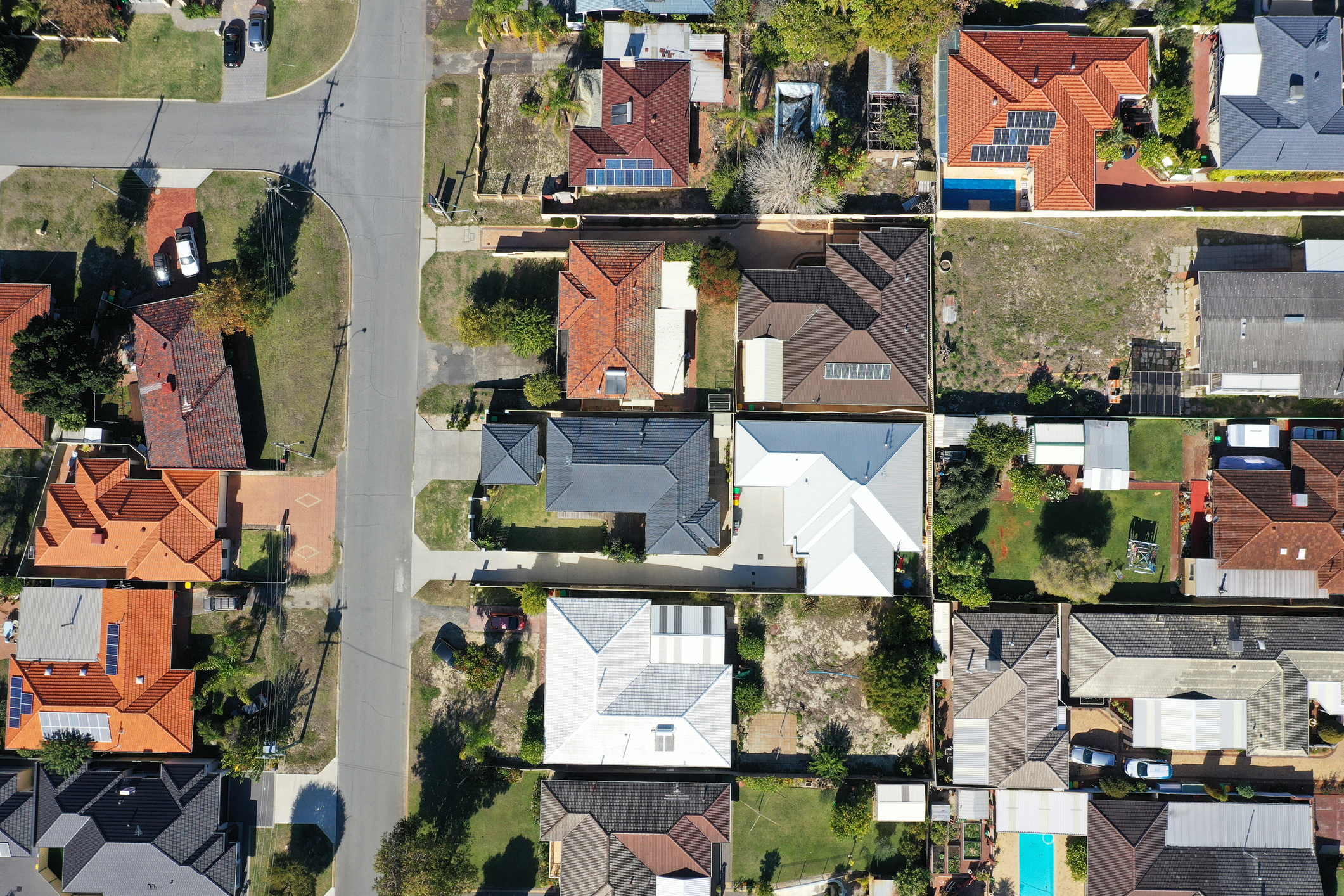
Households
The Albany region, and Albany in particular is the most densely populated area of the South Coast region. There are around 18,000 dwellings in Albany, around 90% of which are stand-alone houses, with the majority being owner-occupied.

Small Businesses
Commercial emissions make up a small proportion of Albany’s emissions. There are several small businesses in the accommodation, aged care, and entertainment areas that could benefit from taking action to reduce emissions by swapping to renewable energy sources.
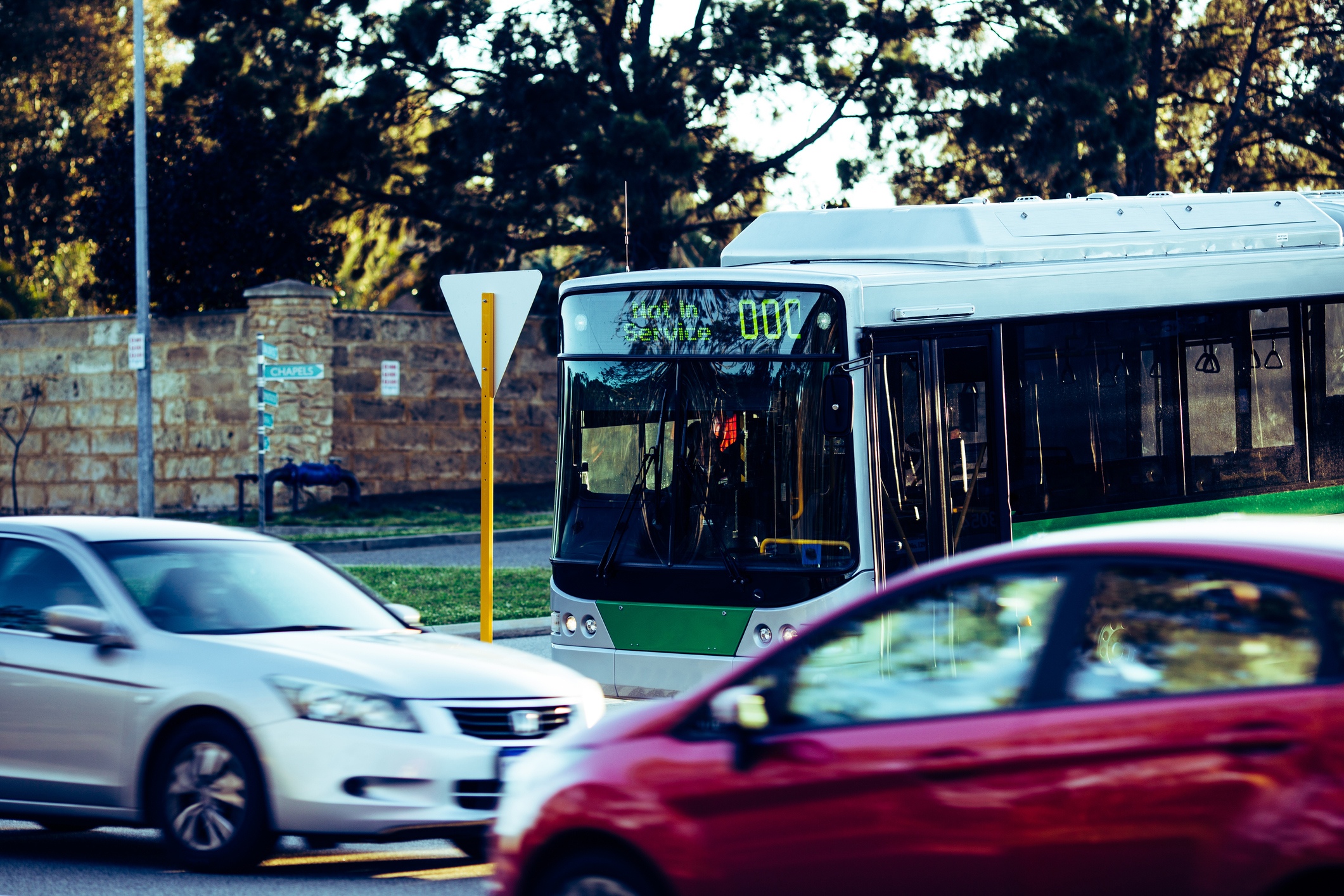
Transport
Transport emissions contribute a significant proportion of emissions of in Albany, predominantly from cars, but also from aviation.
Changes to how people get around will be needed to reduce emissions in this area, including swapping to electric vehicles and active transport.
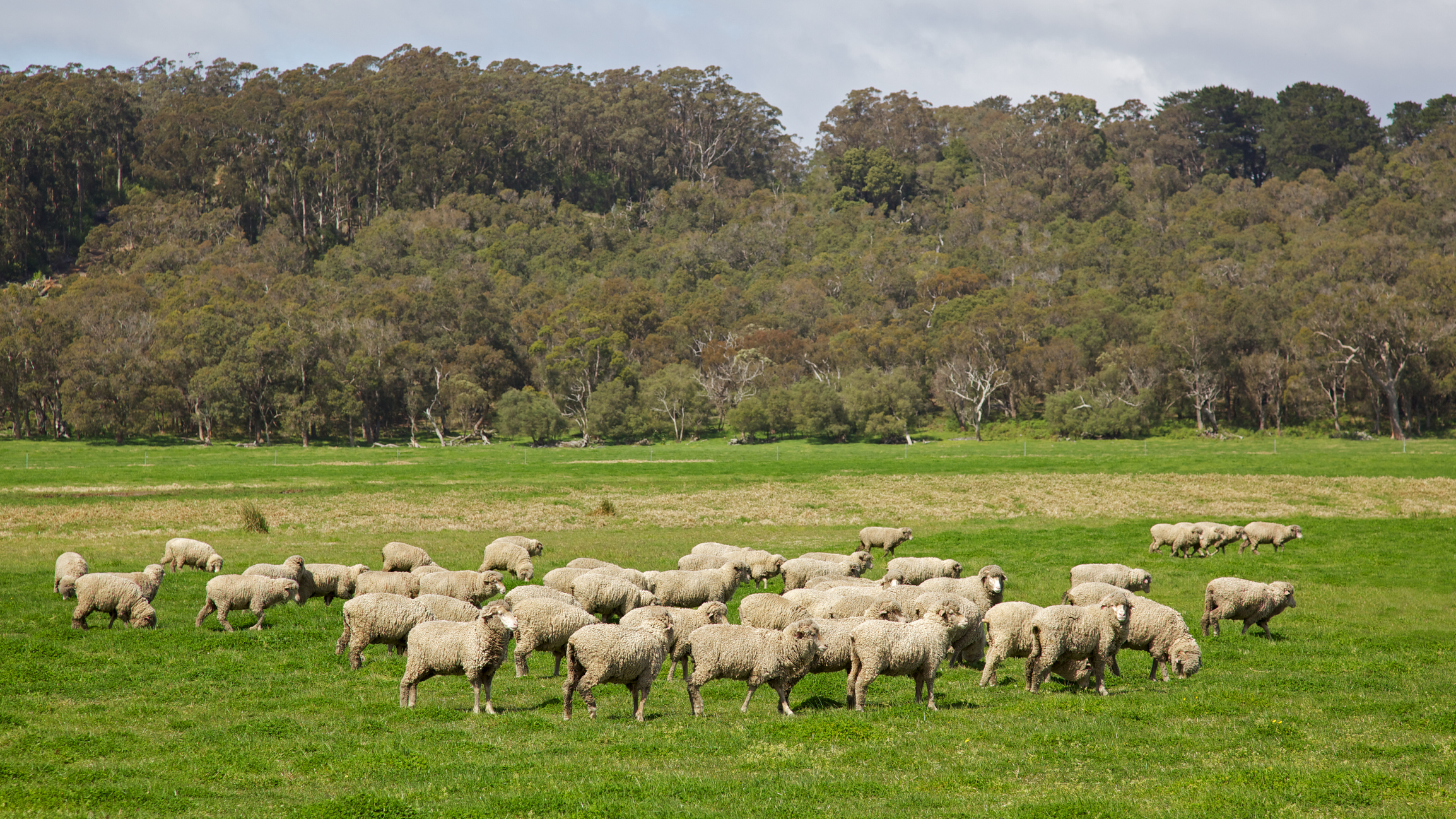
Agriculture
Agricultural emissions make up about one third of the total emissions in Albany and come mostly from sheep and beef and dairy cattle.
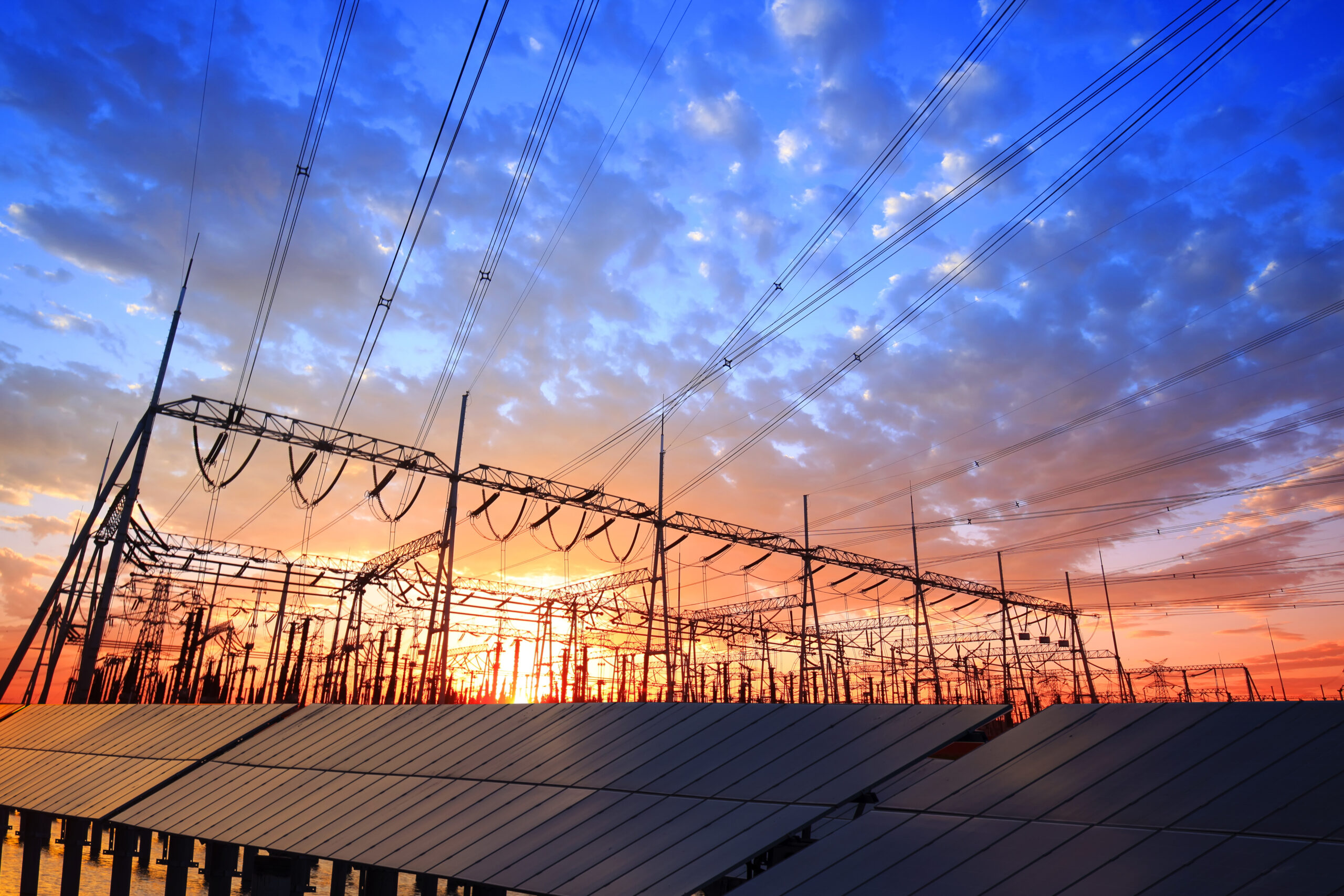
Industry & Grid
A relatively high proportion of Albany’s municipal emissions come from industrial activity, making it a key area of focus for mitigation activities. Woodchipping is the biggest industrial sector.
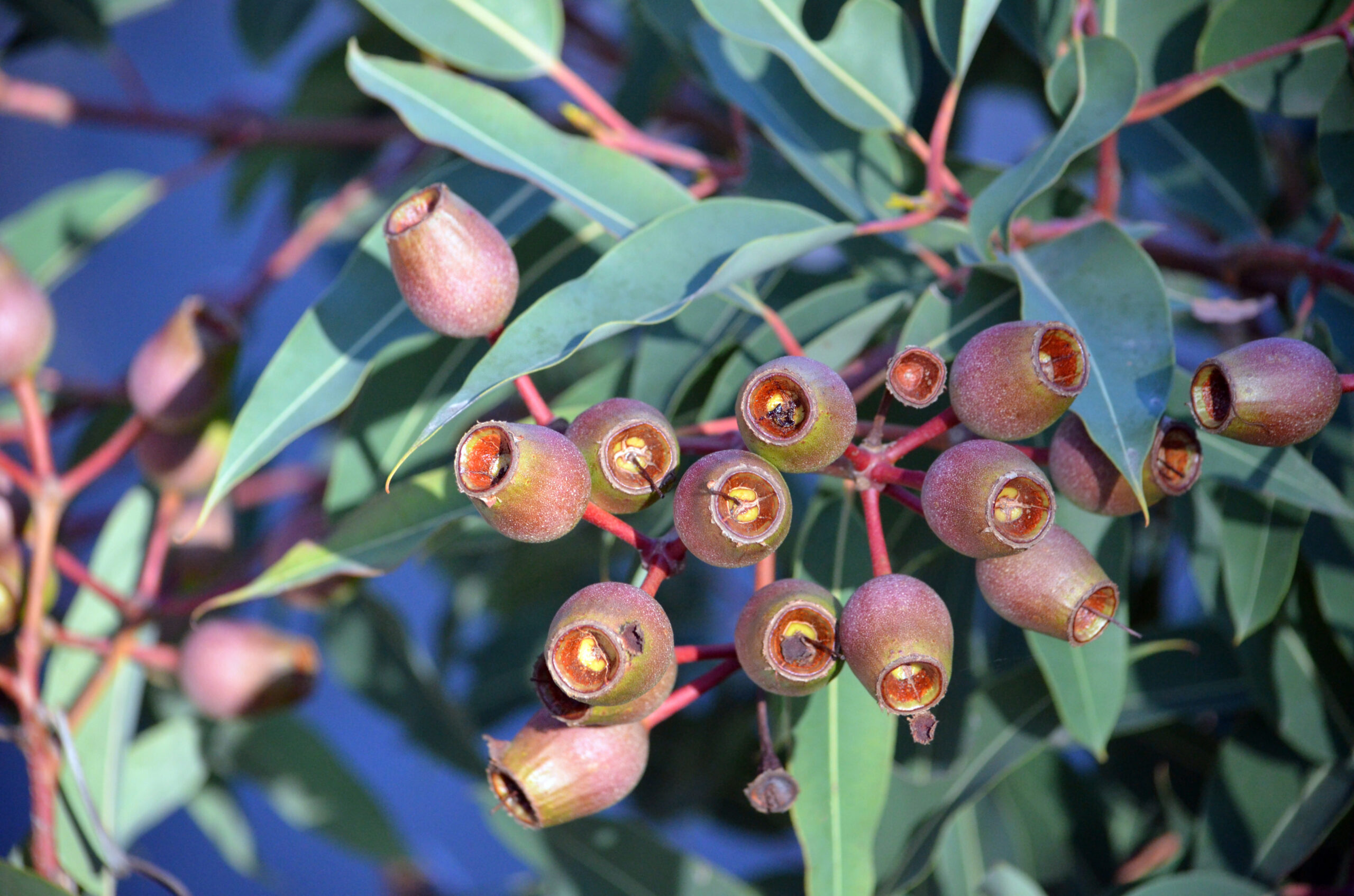
Land Use & Ecosystems
The Land Use and Ecosystem sector impacts emissions based on the loss or gain of vegetation, and to ecosystem health more generally.
Revegetating degraded land and waters can reduce emissions, increase biodiversity, and support healthier communities.
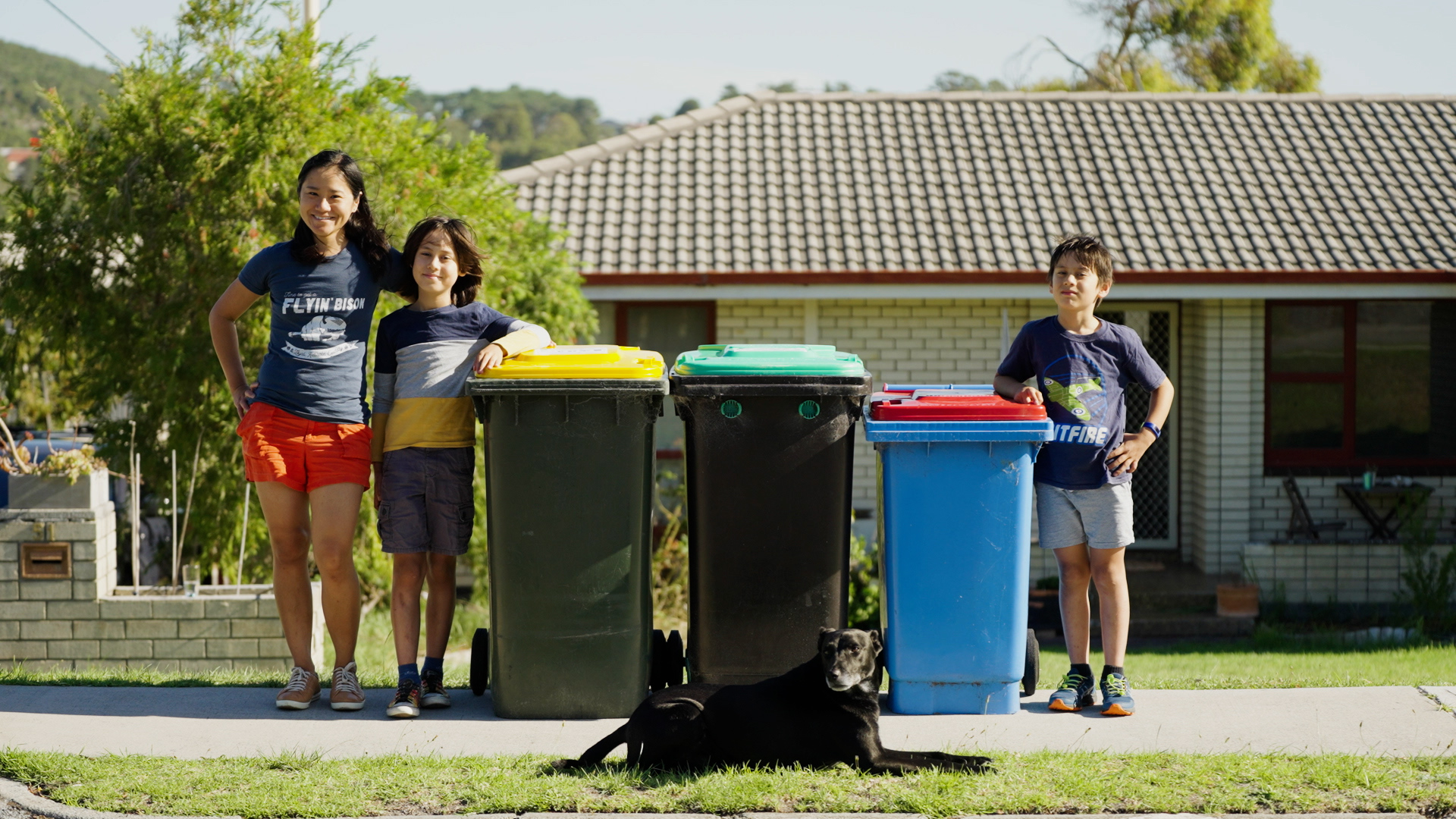
Waste Management
Waste management makes up a small but significant contribution to Albany’s emissions, with the Water Corporation and sewage treatment being some of the biggest emitters in the area.
Better management of organic and other waste from our homes and businesses can have numerous benefits for the health of our gardens and paddocks, sustainability of our supply chains, and associated waste management costs.
Who’s taking action in the region?
Regional Success Stories
-
FOGO Transition

City of Albany’s FOGO (Food Organics and Garden Organics) Transition, a pioneering initiative aligning with WA’s Waste Avoidance and Resource Recovery Strategy 2030. Uncover the steps taken, from establishing processing facilities to engaging residents through incentives and education. Explore the remarkable results and discover the next steps in their commitment to sustainability. Read the case…
-
Marine Energy Research Australia

Explore the pioneering “Unlocking Wave Energy in Albany” by UWA’s Marine Energy Research Australia (MERA). The M4 Project deploys a groundbreaking wave energy converter, showcasing Albany’s potential as a global hub for ocean renewable energy. With a vision for sustainable energy and economic growth, this initiative positions Albany at the forefront of the renewable energy…
-
Gondwana Link’s 1000 Kilometres of Hope

Gondwana Link’s 1000 Kilometres of Hope. Embark on a transformative journey with Gondwana Link as they restore 1000 kilometres of vital habitats in south-western Australia. Discover how their innovative approach, leveraging international support and strategic conservation, is fostering biodiversity, ecological resilience, and community impact in the face of climate change. Read the case study here…
-
From Green Waste to Net Zero

From Green Waste to Net Zero explores Wilson Inlet Catchment Committee (WICC) initiative to tackle the pressing challenge of managing escalating volumes of green waste, plastics, and high-nutrient wastewater in Western Australia. Partnering with key stakeholders, WICC explores an innovative solution centered around pyrolysis technology. Discover how this approach could not only address waste management…
-
Oranje Tractor Wines – Achieving Carbon Negativity Through Regenerative Farming

Follow Oranje Tractor Wines’ remarkable journey to carbon negativity through regenerative farming, setting an inspiring example for the wine industry and beyond. Read the case study here (PDF).
